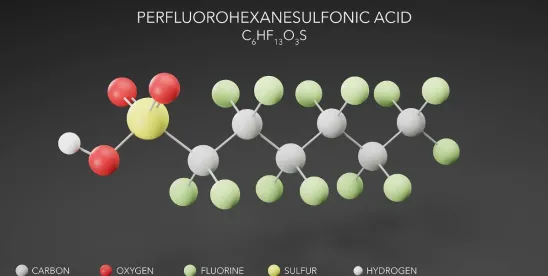On April 15, 2024, Germany’s Federal Institute for Occupational Safety and Health (BAuA) REACH-CLP-Biozid Helpdesk published an item entitled “Dossier Submitter’s ongoing role in the PFAS restriction proposal.” While the European Chemicals Agency’s (ECHA) Committees for Risk Assessment (RAC) and for Socio-Economic Analysis (SEAC) evaluate the restriction proposal, the five national authorities that prepared the proposal (the Netherlands, Germany, Denmark, Sweden, and Norway) are updating the assessments supporting the proposal, taking into account the “unprecedented number of comments received” (5,642; >100,000 pages). According to the item, the comments contain extensive information on the uses of per- and polyfluoroalkyl substances (PFAS) across the European Union (EU) and the European Economic Area (EEA), as well as information on the suitability of alternatives and the socioeconomic impacts of the proposed restriction. For each of the sectors, the national authorities are:
- Identifying uses of PFAS that were not assessed in the initial report, incorporating these uses into existing sector assessments or creating additional sectors, as necessary;
- Considering how changes to other relevant EU legislation since the submission of the proposal (e.g., the updated fluorinated gas (F-gas) regulation) affect/interact with the REACH restriction dossier;
- Assessing the information provided on alternatives to PFAS to review the appropriateness of the proposed derogations and transition periods (derogations may be added, revised, or removed while transition periods may be increased or reduced);
- Assessing the appropriateness of restriction options other than a ban to address the identified risks of PFAS (across their full life cycles) where relevant suggestions that were not previously considered are made in the consultation comments; and
- Updating the socioeconomic impact assessment to present clearly the trade-offs between the different restriction options considered to allow policy makers to make informed policy choices.
The item notes that in addition, the five authorities will also consider the information provided in the consultation on the hazard and risks of PFAS across their full life cycles. According to the item, this process will result in updates to the initial restriction proposal, which will be evaluated by RAC and SEAC. The item states that “[t]he five authorities are committed to deliver these updates in the shortest possible timeframe while ensuring the consistency and quality of their assessments. Their aim remains to support high quality science-based regulatory decision-making on the PFAS group.”




 />i
/>i

